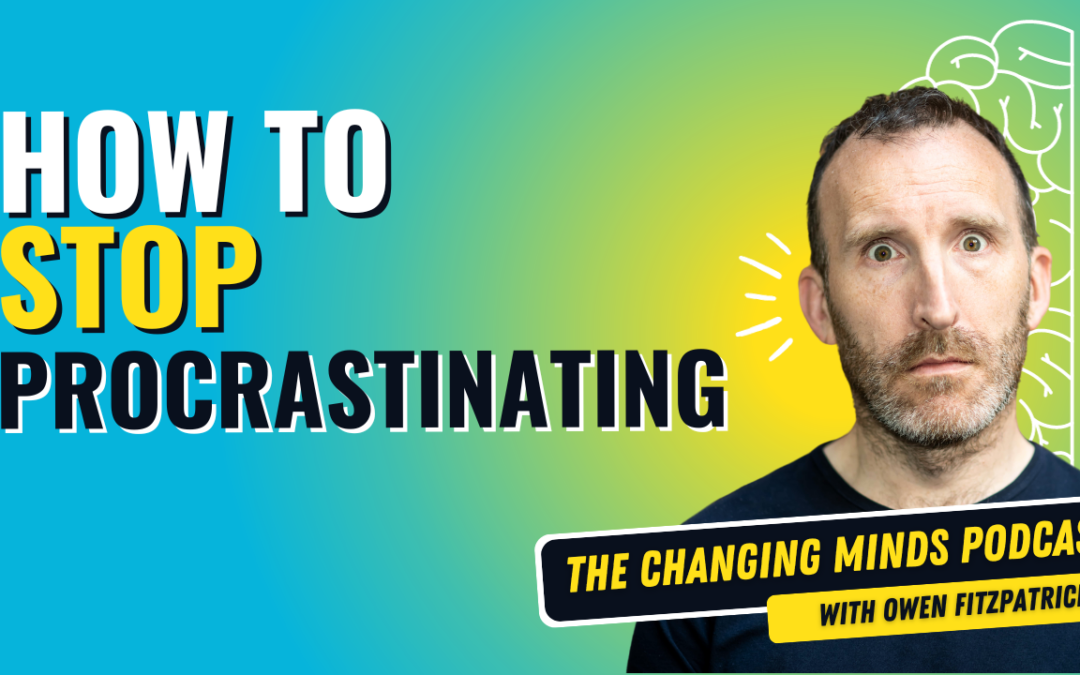Memory’s Deceptive Nature
- Memory is not a reliable record of the past; it’s shaped by cognitive biases that blend fact and fiction.
- The episode explores 11 common cognitive biases that distort our memories and offers strategies to counter these effects.
- By understanding these biases, you can improve your recall and make better decisions.
- Hindsight Bias
- Tendency to believe, after an event, that you “knew it all along.”
- Influences decision-making by creating a false sense of predictability.
- Example: Claiming you “knew” a business venture would fail, despite prior optimism.
- Ziegarnik Effect
- Unfinished tasks linger in memory more than completed ones.
- Explains why cliffhangers in movies or uncompleted projects occupy your mind.
- Practical Tip: Start tasks you’re procrastinating on to leverage the effect and motivate completion.
- Von Restorff Effect (Isolation Effect)
- Unique or distinctive items are remembered better than common ones.
- Example: A standout feature in a product or a unique symptom of an illness is more memorable.
- Pitfall: Over-focusing on unique elements may cause neglect of everyday essentials.
- Memory Bias
- Emotions, beliefs, and attitudes distort how we remember events.
- Example: Recalling a past workout as more intense because you’re motivated now.
- Practical Insight: Check your emotional state when reflecting on past events to assess accuracy.
- False Memory Bias
- Creating memories of events that didn’t occur or altering real memories.
- Example: Misremembering a doctor’s advice or exaggerating the success of a past project.
- Cause: Influence of emotions, reinterpretation, or external suggestions.
- Pollyanna Principle
- Preference for remembering pleasant memories over unpleasant ones.
- Example: Romanticizing a past relationship by focusing only on the good times.
- Danger: Leads to biased decision-making by overlooking past challenges.
- Confabulation
- Fabricating or distorting memories without intent to deceive.
- Example: Recalling false details about a vacation or business founding story.
- Cause: Filling gaps in understanding by creating justifications or narratives.
- Cryptomnesia
- Mistaking forgotten memories as original thoughts or ideas.
- Example: Presenting an idea as your own when it’s unconsciously influenced by something you read or heard.
- Relevance: Critical for creators and leaders to acknowledge sources of inspiration.
- Misattribution of Memory
- Confusing the source of information or crediting it to the wrong origin.
- Example: Attributing a health tip to a doctor when it came from a TV show.
- Risk: Misplaced trust in inaccurate or less credible sources.
- Reminiscence Bump
- Disproportionate focus on memories from adolescence and early adulthood.
- Example: Vividly recalling your first car but struggling to remember the third or fourth.
- Impact: Skews perception of past experiences, favoring formative years over recent achievements.
- Spacing Effect
- Retaining information better through spaced repetition rather than cramming.
- Practical Application: Use scheduled reviews for long-term retention of knowledge.
- Origin: First described by Hermann Ebbinghaus in the 19th century.
Why Memory Biases Exist
- Evolutionary Basis: Our brains prioritize survival and efficiency over perfect recall.
- Memories are abstractions of experiences filtered through deletion, distortion, and generalization.
Practical Takeaways
- Recognize and mitigate biases: Awareness helps in challenging distorted recollections.
- Leverage useful biases: The Ziegarnik and spacing effects can enhance productivity and learning.
- Embrace balanced reflection: Focus on both positives and negatives for a more accurate view of the past.
- Understand emotional influences: Be mindful of how current emotions shape your perception of past events.
Podcast: Play in new window | Download






